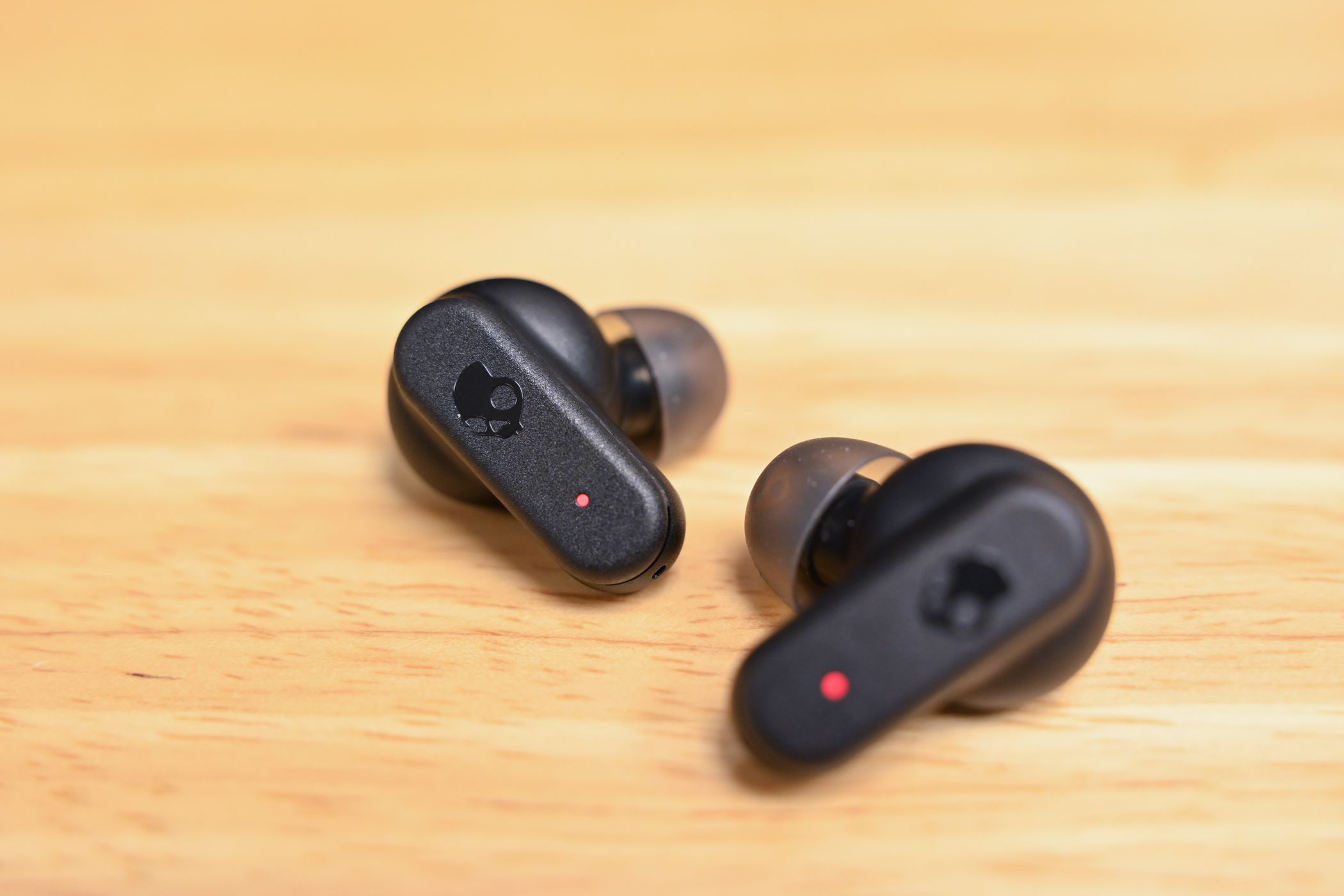Key Takeaways
- Wireless earbuds are incredibly convenient and remove the hassle of tangled wires and limitations on movement.
- The sound quality of wireless earbuds has improved significantly, making them comparable to average wired earbuds.
- Wireless earbuds tend to offer more features than wired, such as active noise cancellation and built-in controls.
Wireless earbuds are more popular than ever, yet some people strongly oppose them. They hate the idea of charging or losing your earbuds, and they think that wired earbuds are more durable. If you share the same opinion, I have five reasons to convince you otherwise.
1. Wireless Earbuds Are Incredibly Convenient
When my first pair of wireless earbuds broke, I immediately ordered a new pair. While waiting for the new earbuds to arrive, I resorted to my old Sony earbuds. Although the sound quality was great, the cable became such a nuisance that I started using the earbuds less and less. I had to route the cable through my coat in the colder months. The short wires were a horrible nuisance during my workouts and made the earbuds virtually unusable. And when I washed my dishes or vacuumed my house, I sometimes forgot that I was back on wires, and I’d yank my phone away from the counter.
chea
Now compare that to the convenience of wireless earbuds, which you can simply pop out of the case, put them in your ears, and they automatically connect to your smartphone. There are no pesky wires that get tangled, and you can walk away from your phone without problems.
Sure, you have to occasionally charge your wireless earbuds, but the same goes for your other wearables and smart gadgets. Plus, most wireless earbuds have batteries with over 20+ hours of listening time, so you only really have to charge them once or twice a week.
2. The Sound Quality of Wireless Earbuds Is Acceptable
Bluetooth earbuds suffer from some inherent drawbacks that affect audio performance—limited bandwidth means data gets heavily compressed, latency makes mobile gaming near-impossible, and codec compatibility issues. Wired earbuds don’t suffer from any of these drawbacks. There’s no perceivable delay, and the wire won’t limit your bandwidth. You can even benefit from lossless audio file formats like FLAC and WAV.
Still, Bluetooth technology has improved significantly over the past few years, and we now have better audio codecs, lower latency, and fewer signal drops. I find that the sound quality of most wireless earbuds is pretty solid. Having tested over a dozen pairs, I can attest that all wireless earbuds sound all right. Some of them were as good or even better than average wired earbuds. Ultimately, the quality of the actual earbuds matters more than the transmission type.
You could make the case that cheaper wired earbuds—like the Apple EarPods—offer better sound quality at a lower price point. And that’s usually true; EarPods are approximately $100 cheaper yet deliver sound quality and frequency response similar to that of AirPods. Nonetheless, Apple did a fantastic job at making wireless AirPods sound as good as the wired EarPods.
3. You Get More Features With Wireless Earbuds
Wired earbuds rarely have any fancy features. You might get detachable cables and an in-line microphone with skip track and volume buttons, but that’s about it. The focus is on making the best-sounding pair of earbuds for the least amount of money. Wired earbuds don’t implement features like Active Noise Cancellation (ANC), beause it requires more power than a regular headphone jack can supply.
Advanced audio tech is often limited only to wireless earbuds. A great example is ambient sound pass through (also called transparency mode), which let you hear your outside surroundings using microphones. Wireless earbuds also have an array of built-in controls that let you adjust your volume, skip tracks, play/pause, and launch your voice assistant of choice.
4. Cheap Wireless Earbuds Are Better Than You Think
You can now find an abundance of wireless earbuds under-$20 that sound way better than what their price might suggest. I’ve tried both cheap and expensive wireless earbuds, and I can tell you that the biggest difference is the lack of advanced features like ANC and pass through rather than sound quality, at least on the low- and mid-range. $300+ high-end earbuds have sound quality that rivals many over-ear headphones. Some cheap earbuds come with voice or button-activated voice assistants, and pretty much all of them have some form of built-in controls.
My favorite cheap earbuds are the QCY T17, which frankly sound better than my girlfriend’s Galaxy Buds. They have a punchy bass but maintain crystal-clear vocals and a balanced treble. They also pack advanced touch controls.
Some cheap wireless earbuds have commendable build quality. It’s surprisingly hard to distinguish between a $20 pair and a $100 pair. They’re made of nice-feeling plastic, come in fancy charging cases, and even offer IP dust and water resistance.
5. Wired Earbuds Are Just as Prone to Wear and Tear
Wireless earbuds get a lot of flak for their allegedly poor durability. Their batteries can last a few years, after which they start losing juice after only 20–30 minutes of listening. While non-repairable batteries in wireless earbuds are undoubtedly horrible for our environment, broken wired earbuds are just as likely to end up in a landfill.
I’ve never had a wired pair that lasted longer than a couple of years. A common point of failure is the cables. They constantly get tangled, yanked, and stretched. Let’s be honest, you’ve had to throw out a pair at some point because one earbud stopped working.
Wireless earbuds do have a finite lifespan, but I find that they last just as long, if not longer, than wired earbuds. My first pair of wireless earbuds lasted three full years, and they could’ve gone on for longer had I not dropped one of them a few too many times.
Some Arguments in Favor of Wired Earbuds
Wireless earbuds are amazing, but they’re not perfect. Wired earbuds and headphones still have numerous advantages, and they won’t be displaced by wireless tech any time soon. For starters, you don’t have to charge wired earbuds. While I mentioned earlier that charging your earbuds isn’t a big hassle, there’s nothing worse than running out of battery when you’re using the earbuds for several hours at a time, like during a long movie.
If you’re a serious audiophile who really cares about sound quality, you should always go for wired earbuds or even in-ear monitors, and you can also take advantage of an external DAC for the ultimate music listening experience.
The durability argument holds water in the case of on-ear and over-ear headphones. If you’re even a bit careful, you can make them last many years. Plus, they’re compatible with a wide array of devices, such as your desktop computer, gaming console, and guitar amplifier.
The convenience that wireless earbuds offer is simply unmatched. The fact that you can walk away from your phone and that you don’t have to fidget around with cables is all the reason you need to stay away from wired earbuds. However, wired earbuds and headphones still have their place in the world, and there’s no reason why you can’t have both types of earbuds for different scenarios.



